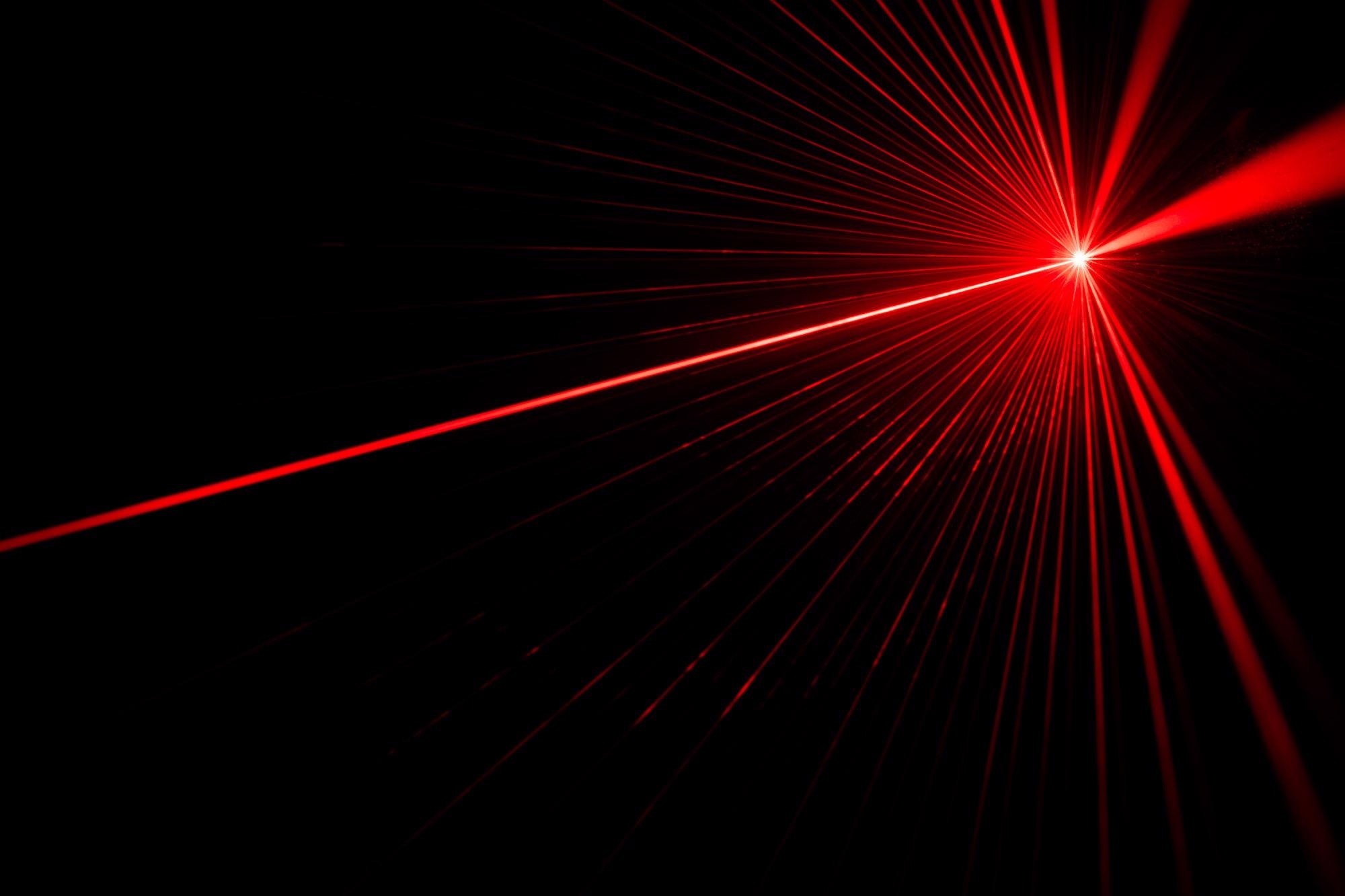As far as physics is concerned, the concept of light-matter interaction has long been one of the most developed fields.

Image Credit: Shutterstock.com/ donatas1205
In recent times, it has gained more attraction as a result of the quick development of ultra-short lasers, and a range of ultra-fast phenomena have been experimentally accomplished, such as Berry curvature, transition dipole moments and band structure.
The so-called solid-state high-harmonic generation (HHG), particularly HHG from monolayer transition-metal dichalcogenides (TMDCs), has appeared as a novel spectroscopic tool for ultrafast phenomena. But several hindrances severely impede the development of solid-state HHG.
Crystal symmetry is considered one of the most essential factors ruling the process of solid-state HHG. So, it immediately demands to be examined due to the negative impact on the HHG emission. Thus, systematic analysis of the HHG from monolayer TMDCs could be of great help to complete the picture of the role of symmetry effects.
A research group headed by Professor Dr. Shamnhu Ghimire from Stanford University presented an investigation with reference to the crystal-orientation dependence of HHG in monolayer transition-metal dichalcogenides, MoSe2 and WS2. The study findings have been reported in the journal Ultrafast Science.
As stated by the scientists, they utilized difference-frequency generation (DFG) system as an optical pump. The source of DFG system was a Ti:sapphire femtosecond midinfrared laser tracked by optical parametric amplification.
Furthermore, simulation based on semiconductor Bloch equations was executed to confirm the experimental outcomes. The smaller laser amplitude has been chosen for comparison, which is in good agreement with the experimental outcomes.
The study results obtained denote that the polarization direction of odd-order harmonics in WS2 easily follows that of the pushing laser field regardless of crystal orientation. Furthermore, the polarization characteristics feature a flip at the time of the crystal symmetry.
MoSe2, which exhibits obvious deviations of high-harmonic signals, was also examined. The 10th harmonic is optimized for parallel excitation and its polarization illustrates a sharp contrast between the other even-order harmonics.
The abilities of the polarization-resolved HHG measurements were proposed by this study to disclose the roles of the intra-band and inter-band contributions as well as the deflection of the electron-hole trajectories through non-parabolic bands in the crystal.
This study was financially supported by the U.S. Department of Energy, Terman Fellowship, and startup funds from the Department of Chemistry at Stanford University.
Journal Reference:
Kobayashi, Y., et al. (2021) Polarization Flipping of Even-Order Harmonics in Monolayer Transition-Metal Dichalcogenides. Ultrafast Science. doi.org/10.34133/2021/9820716.